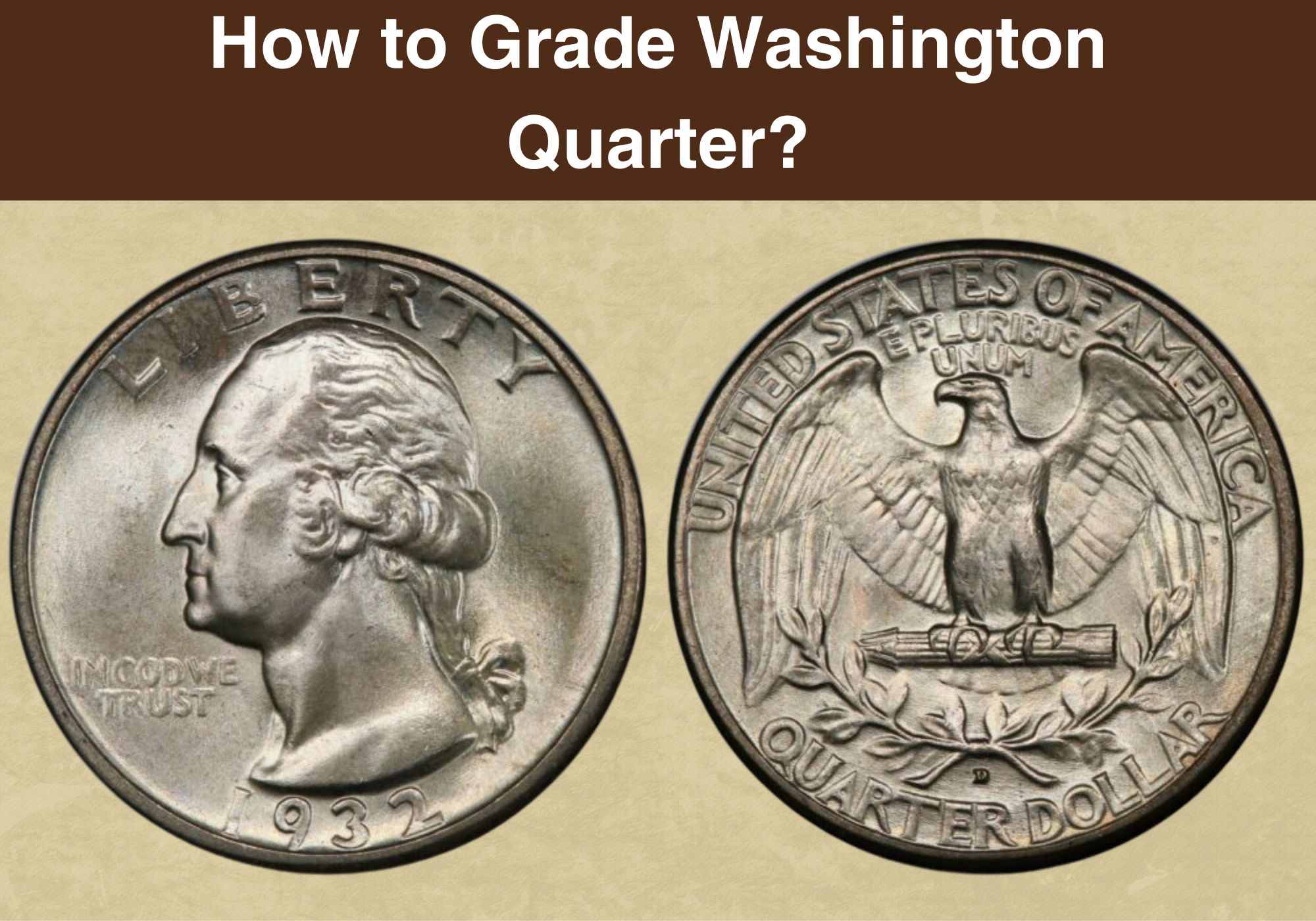
Coin Value Contents Table
The history of the Washington quarter is full of surprises. The plan was to issue a one-year-only circulating commemorative coin, and John Flanagan’s conceptual solution was not the judging committee’s first choice. However, this design has survived for decades, and the US Mint has produced these pieces from 1932 to the present.
The question of how to grade Washington quarter can be tricky because their evaluation and ranking depend on their composition. All pieces minted before 1965 contained a high percentage of silver, while later sets contained cupronickel-clad coins. Besides, there are collectible sets minted after 1999 that can be rare.
Grading Standards
Grading coins is a serious work that requires knowledge, skill, and experience. Everyone can use the Sheldon scale and evaluate their coins approximately, but be aware that sometimes tiny details invisible to the untrained eye can make a huge difference.
In some cases, errors barely visible under a magnifying glass or numismatic microscope make a price difference of hundreds of dollars. That is particularly true for rare and old coins minted in the 18th and 19th centuries.
As for the modified Sheldon scale, it is officially accepted for coin ranking. The lowest numbers from 1 to 3 are reserved for non-collecting pieces in Poor/Fair/About Good grades. Better-ranked ones are more or less collectible, but it depends on numerous factors.
Roughly speaking, all collectible coins are classified into three groups. The first one graded from G4 to EF 49 includes pieces that spent years or decades in circulation.
The About Uncirculated coins ranked from AU 50 to AU 59 are in the second group. They spent limited time in use and preserved most original qualities.
In the third group are uncirculated specimens. They have never been released into circulation, but bag marks or contact scratches define their quality from MS 60 to MS 70.
Understanding Grades for Washington Quarter
Grading Washington quarters depends on a few factors. The best option is to start by determining the composition because the look and value of silver and cupronickel species are entirely different.
Washington quarter |
|
| Face value | Twenty-five cents ($0.25) |
| Compound | Silver by 1965 |
| Cupronickel after 1965 | |
| Coin weight | Silver – 0,2 troy ounces (6.25 g) |
| Cupronickel – 0.2 ounces (5.67 g) | |
| Coin diameter | 24.30 mm (0,95669 inches) |
| Coin thickness | 1.75 mm (0,06870 inches) |
Silver quarters are made of softer metal alloy but are valuable even in the lowest non-collectible condition. Besides, they attract both collectors and people looking for excellent investments.
On the other hand, cupronickel specimens are modern coins, meaning that only the highest-rated ones can be worth. Unfortunately, lower-graded pieces, particularly those in the lowest ranks, often cost their face value or are sometimes worthless.
How to Grade Washington Quarter?
When evaluating coins on your own, the primary things to check are circulation level and overall design appeal. The following things to pay attention to are the existence of the date, mint mark, and mint luster. Finally, possible mint errors and circulating damage can significantly affect each specimen’s price range.
1. About Good (AG 3)
Non-collectible Washington quarters in this condition look worn out, with no beauty, and lacking in details. Only the date is intact. Unlike worthless cupronickel specimens, quarters made of silver can bring you some money because of the melting value of this precious metal.
Obverse
Even though the date and LIBERTY struck along the rim are recognizable, they are often merged with it. Therefore, the marginal parts are weaker and faded. The motto on the left is barely visible. Washington’s head is only an outline and almost wholly lacks hair details.
Reverse
Most letterings along the coin edge are smooth, weak, and barely readable. It is impossible to recognize the feathers on the eagle’s head and body, making the entire bird look worn out and flattened.
2. Good (G4)
These quarters are heavily worn overall but with a legible date and legends. Besides, their edges are faint and weakly recognizable. On the other hand, crucial details are recognizable.
Obverse
The portrait is visible in at least an outline, but some parts can be incomplete. President’s jawline is visibly separated from his neck, while his forehead and hairline are flattened with a few noticeable back curls.
Reverse
Despite being heavily worn out, the eagle’s outline exists. Besides, you can recognize wing feather lines and leaves at the wreath bottom. All letters are complete but merge with the rim at the edge. The mint mark can look blotchy but is visible.
3. Very Good (VG 10, VG 8, and VG)
These Washington quarters are well-worn with defined obverse and reverse images. Although most details are lost, preserved parts are defined but flat. The edge is mostly complete but flattened.
Obverse
Many collectors find these coins unattractive because of incomplete obverse design. You can recognize the President’s outlined profile, but most fine details are not there, making coins a bit dull. On the other hand, letterings are complete and entirely separated from the coin edge.
Reverse
The eagle is clearly visible, with approximately half the wing feathers distinct and recognizable. On the other hand, the bird’s breast and legs are an outline, while the foliage in the wreath is smooth and without typical details.
4. Fine (F 15, F. 12, and F)
Coins in this grade show moderate wear on both sides with bold major design parts and readable inscriptions, motto, date, and mint mark. The rim is well-delineated and sharp on both sides, particularly the reverse.
Obverse
Even though most of Washington’s hair is flat without original elements, you can see a ponytail, the ear, and the curls behind it. You can barely recognize a hairline separating hair from Washington’s forehead. His cheek is smooth and without any luster. Inscriptions are recognizable, but the Latin motto is weak.
Reverse
Inside a sharp and well-delineated rim, you can see the eagle with about 75% of wing feathers. However, it is worn out with visible but unattractive details. Breast and leg feathers are entirely missing.
5. Very Fine (VF 35, VF 30, VF 25, VF 20, and VF)
Coins in this grade are the first on the scale with pleasing and attractive overall condition. Still, you can notice moderate wear and flatness on their highest design parts. The rim is raised and complete, while inscriptions are fully separated.
Obverse
Washington’s hairline is slightly visible, and the hair behind the ears includes more details than lower-ranked coins. You can notice wear spots on the President’s forehead, head, cheek, ear, and jaw.
Reverse
Even though the eagle has worn and smooth breasts and legs, some of the feathers are visible and more or less well-defined. You can see the legs’ outline without any detail that would make them attractive.
6. Extra Fine (EF 45 and EF 40)
Such ranked coins show many design elements typical for Washington quarters. However, signs of wear are still present, particularly on the highest points. You can sometimes come across a specimen with traces of mint luster in deep design parts.
Obverse
The first thing to pay attention to is Washington’s hair. The hairline along his forehead is sharp, but numerous scratches spoil the beauty of the obverse. Since this series is long-lasting, you can expect that the oldest sets are desirable in this rank.
Reverse
These quarters show light wear on the highest design points, particularly the eagle’s breast. You can recognize most feathers on wings and separated arrows in a bundle and determine about half of the mint luster on the surface.
7. About Uncirculated (AU 58, AU 55, and AU 50)
Quarters in this grade are the best-preserved circulated coins. Therefore, most collectors classify them in a separate group as pieces that preserve an appealing look despite spending some time in use. Besides, they usually show mint luster on most of the surface.
Obverse
You can notice slight traces of wear on this coin side’s highest points, testifying a short period spent in circulation. Only Washington’s ear and curls are a bit flattened, but nearly the entire luster still exists. The ponytail and bow are nicely separated with visible details, while the letterings and the date are without damage.
Reverse
The eagle looks almost perfect, with barely visible traces of wear on its breast and leg feathers. Olive twigs and arrows are nice looking. It is possible to spot bag marks over the surface, although over 75% of the mint luster is preserved.
8. Mint State (from MS 60 to MS 70)
The Sheldon scale doesn’t have one grade for coins in the mint state, and you can differentiate quarters ranked from MS 60 to perfect MS 70. The primary difference is in the presence of contact traces and bag marks.
Uncirculated Washington quarters show intact design, even on the highest design points. The mint luster is entirely preserved, and the strike is desirably sharp, making these pieces shine and beautiful.
Summary
Collecting the Washington quarters can be challenging because of long-lasting minting and a few collectible and sought-after sets. In 1932, no one could be aware of a one-time coin’s importance in the history of American coinage.
Despite the original plan, their minting has continued to this day with a few changes in design. Each piece requires detailed estimation and grading.

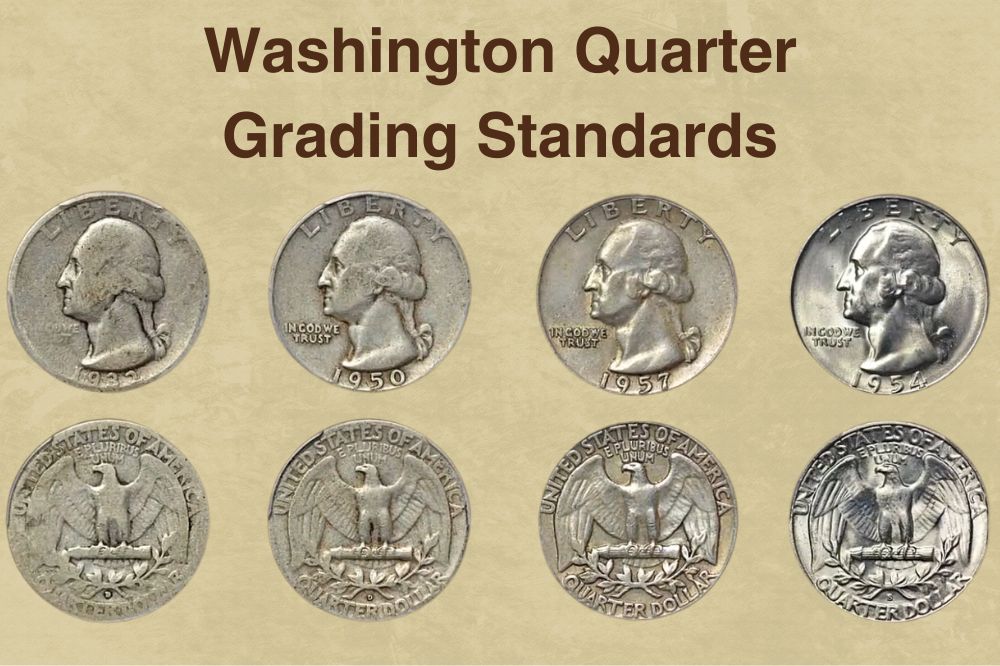
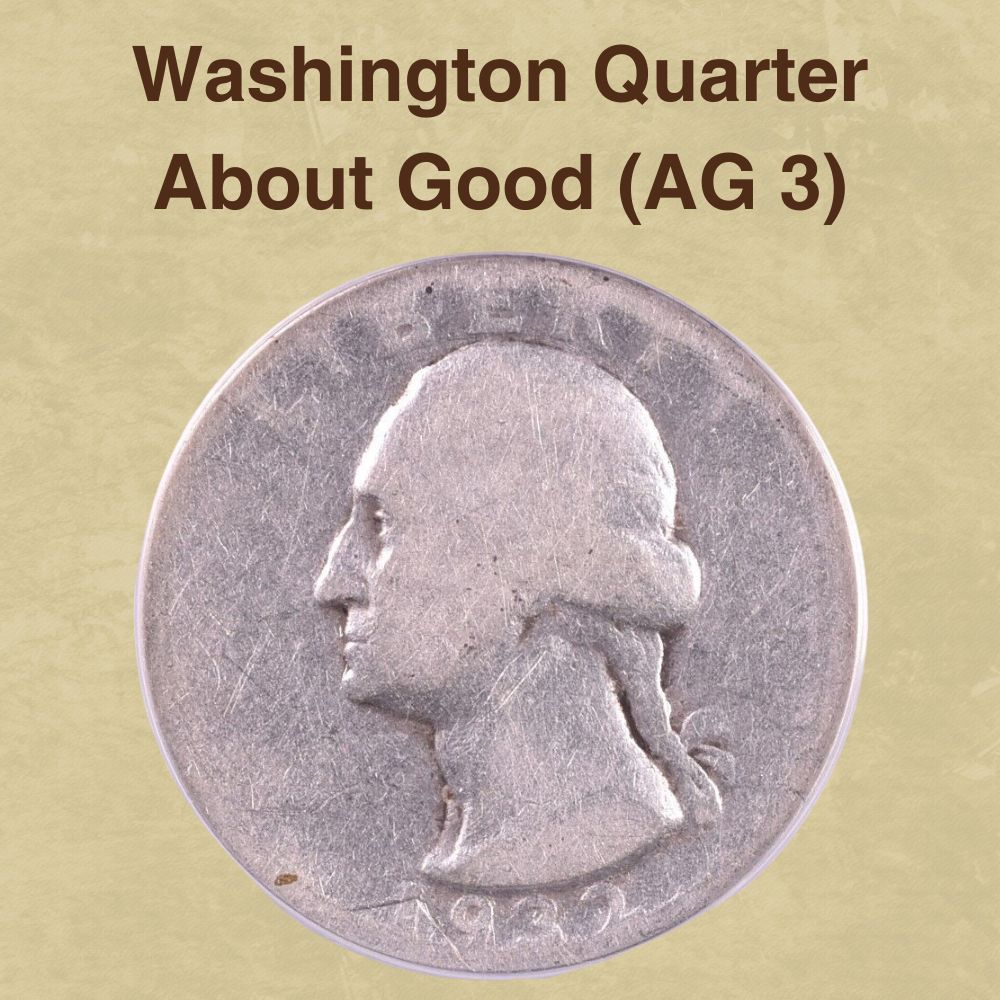
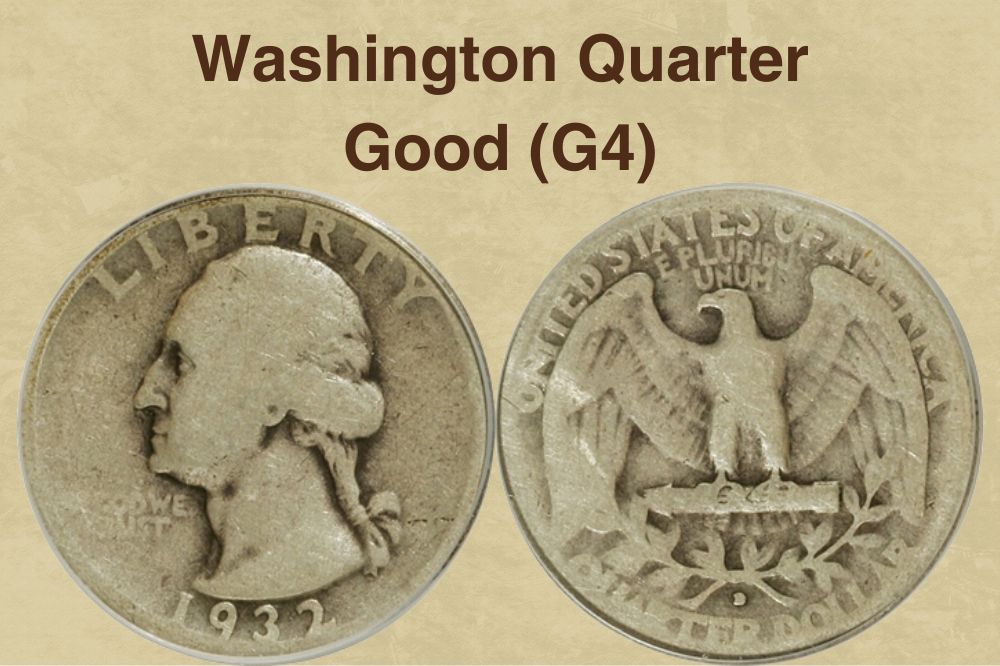
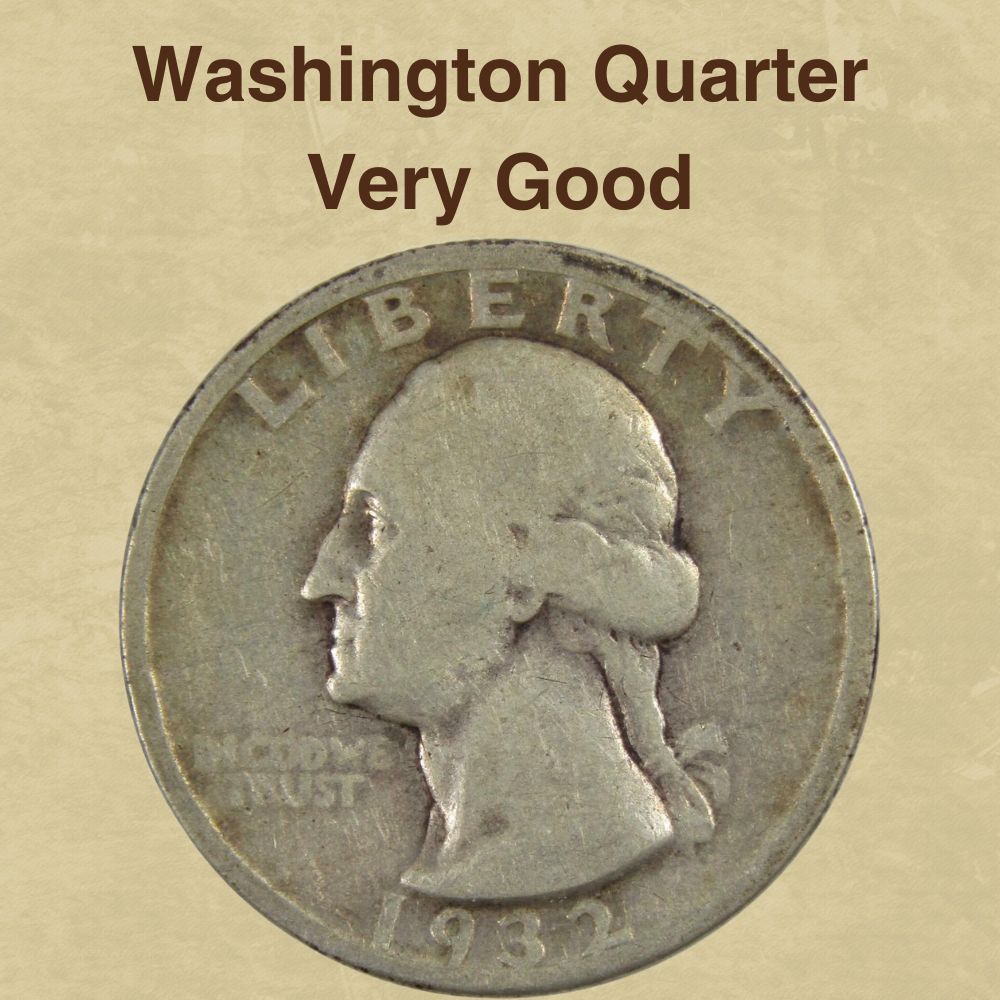
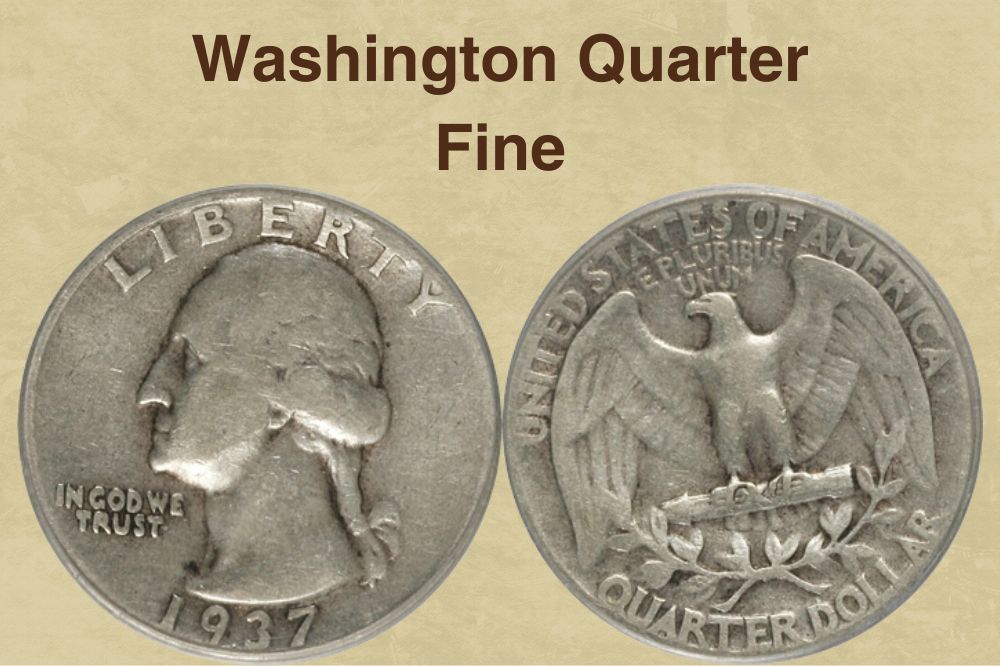
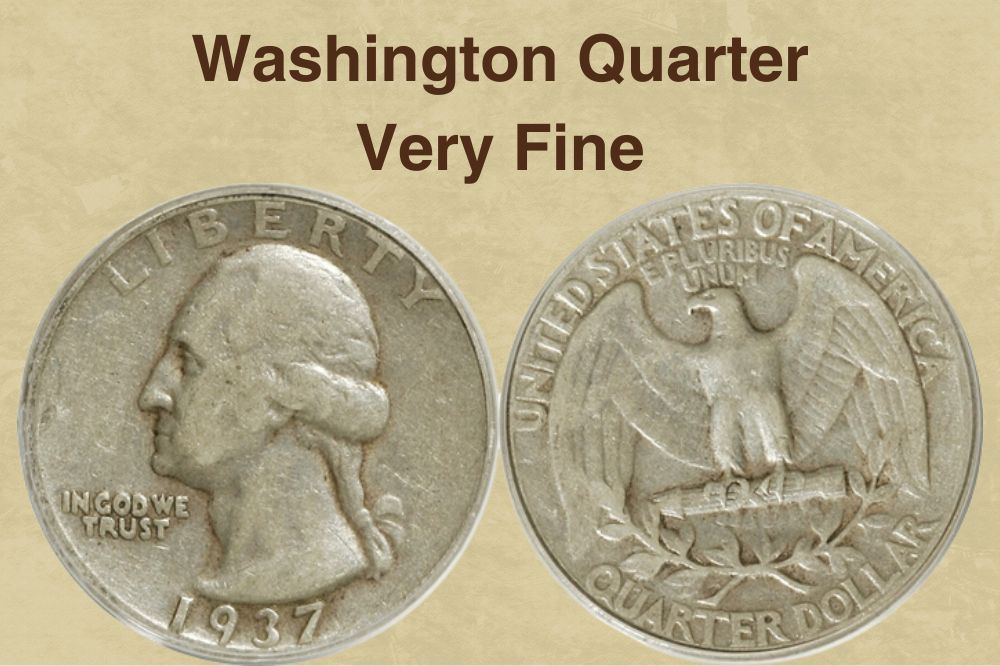
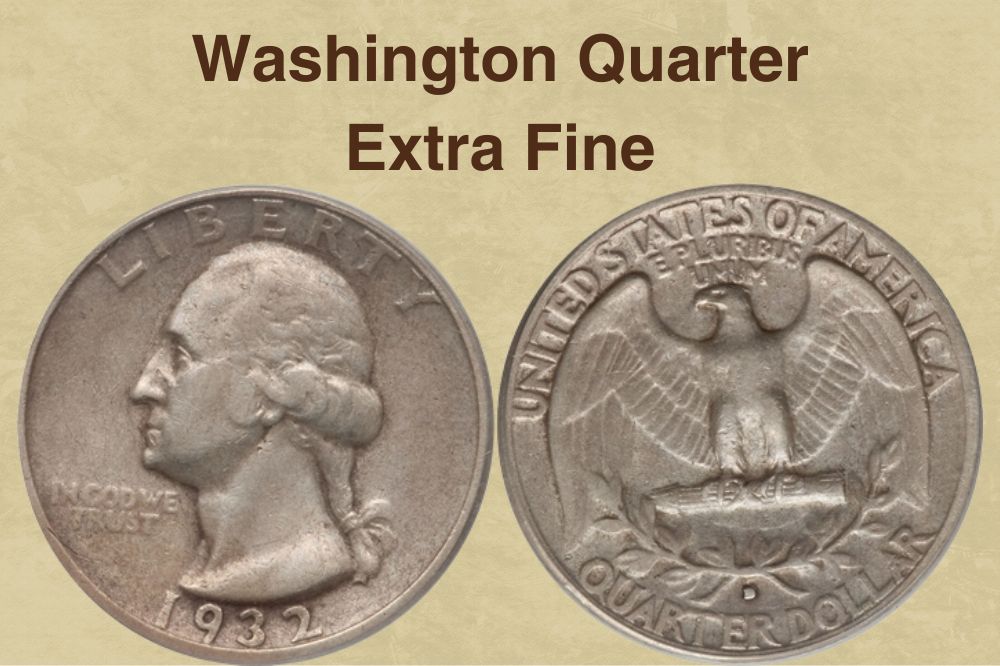
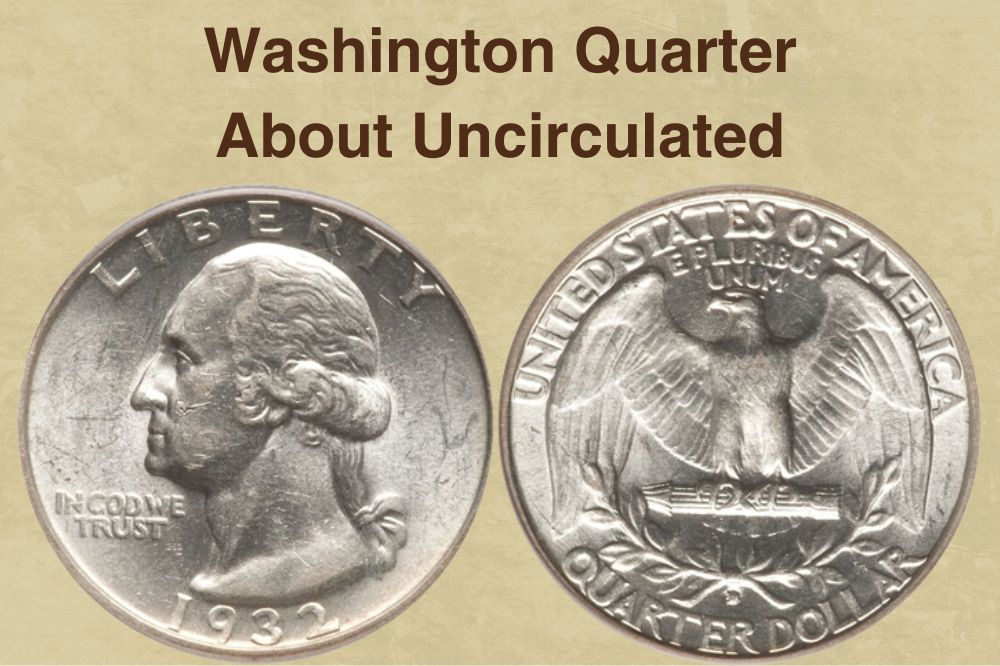
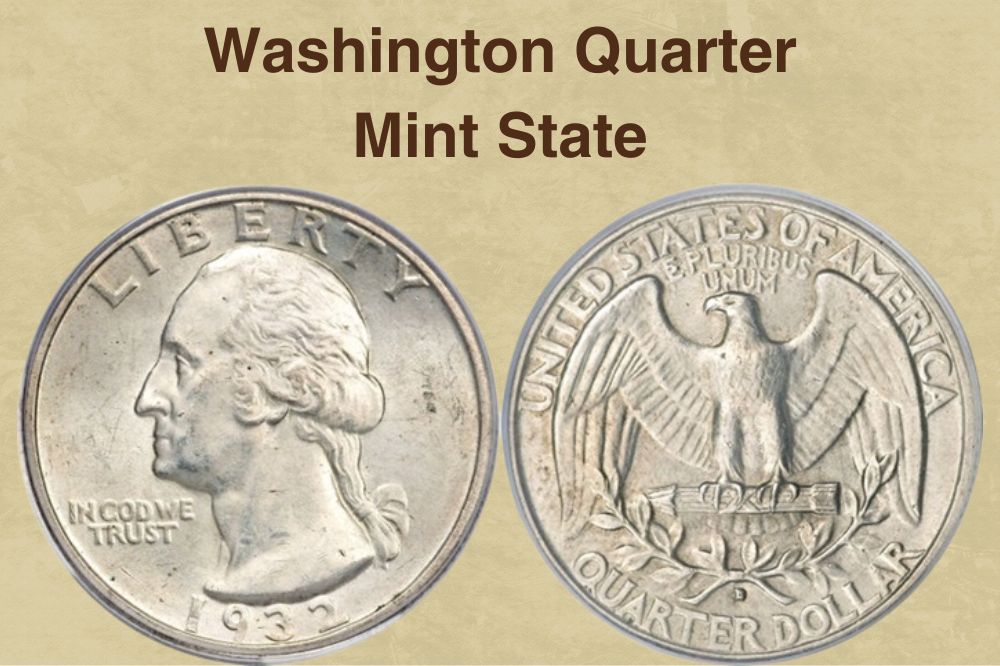
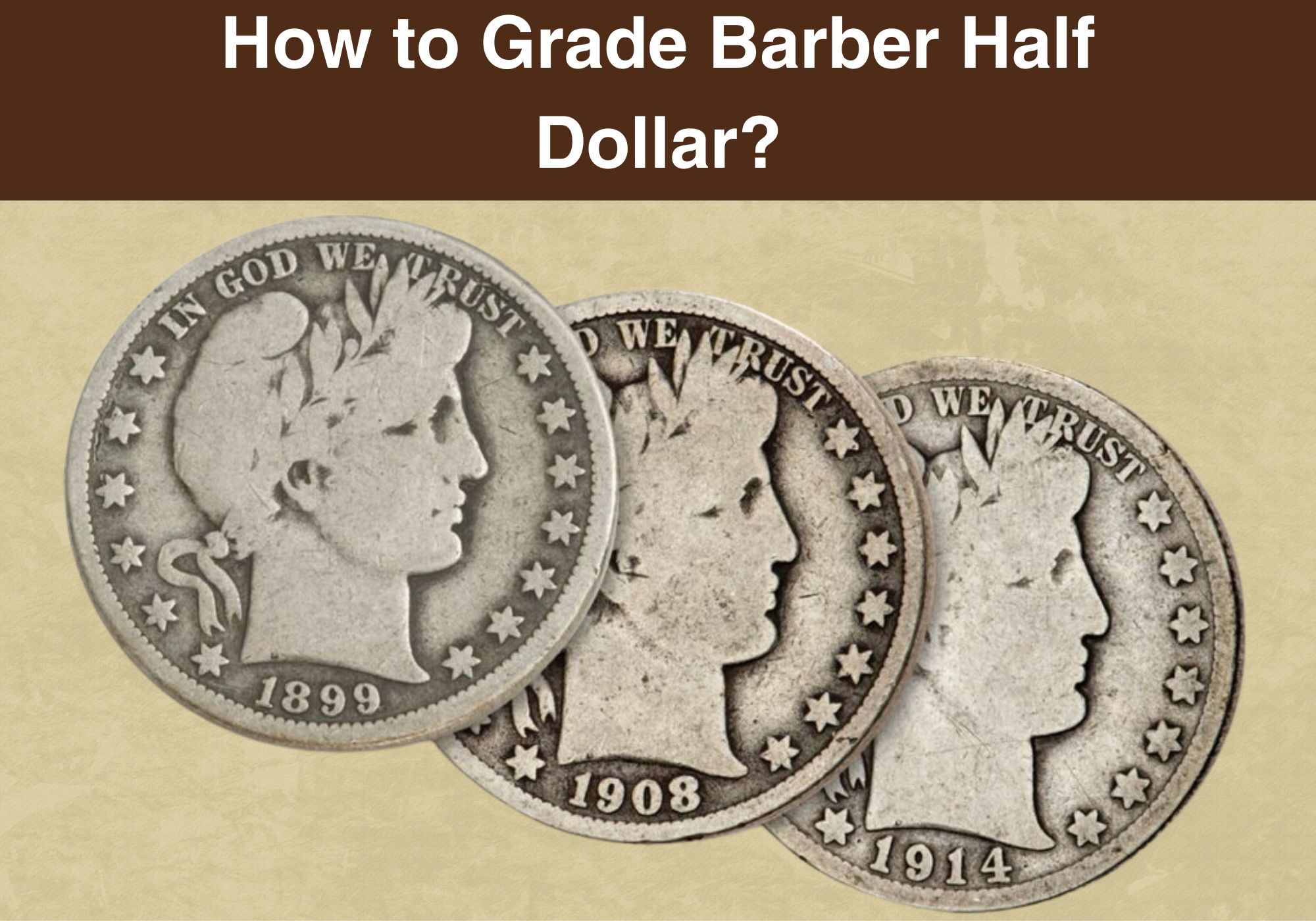
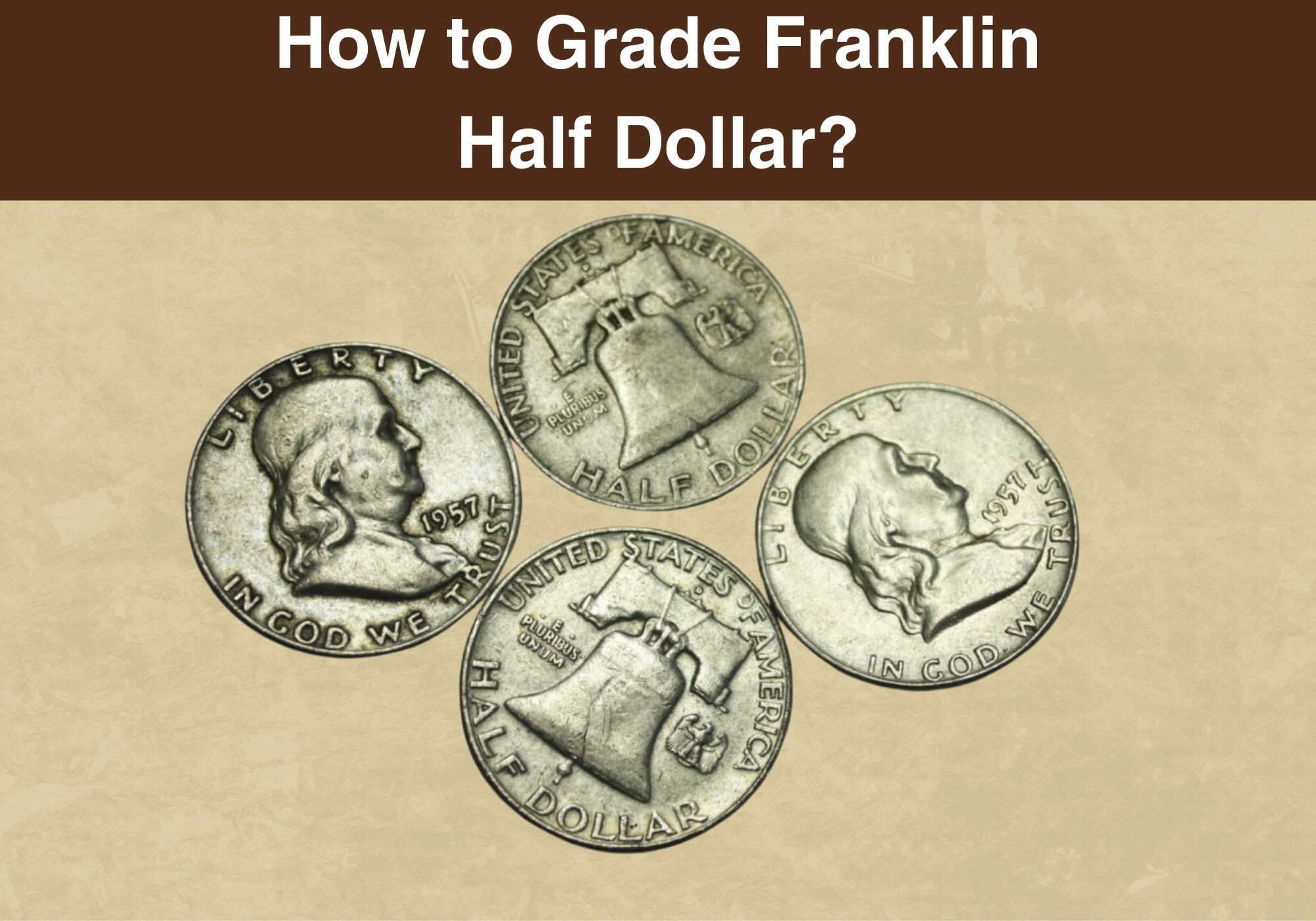
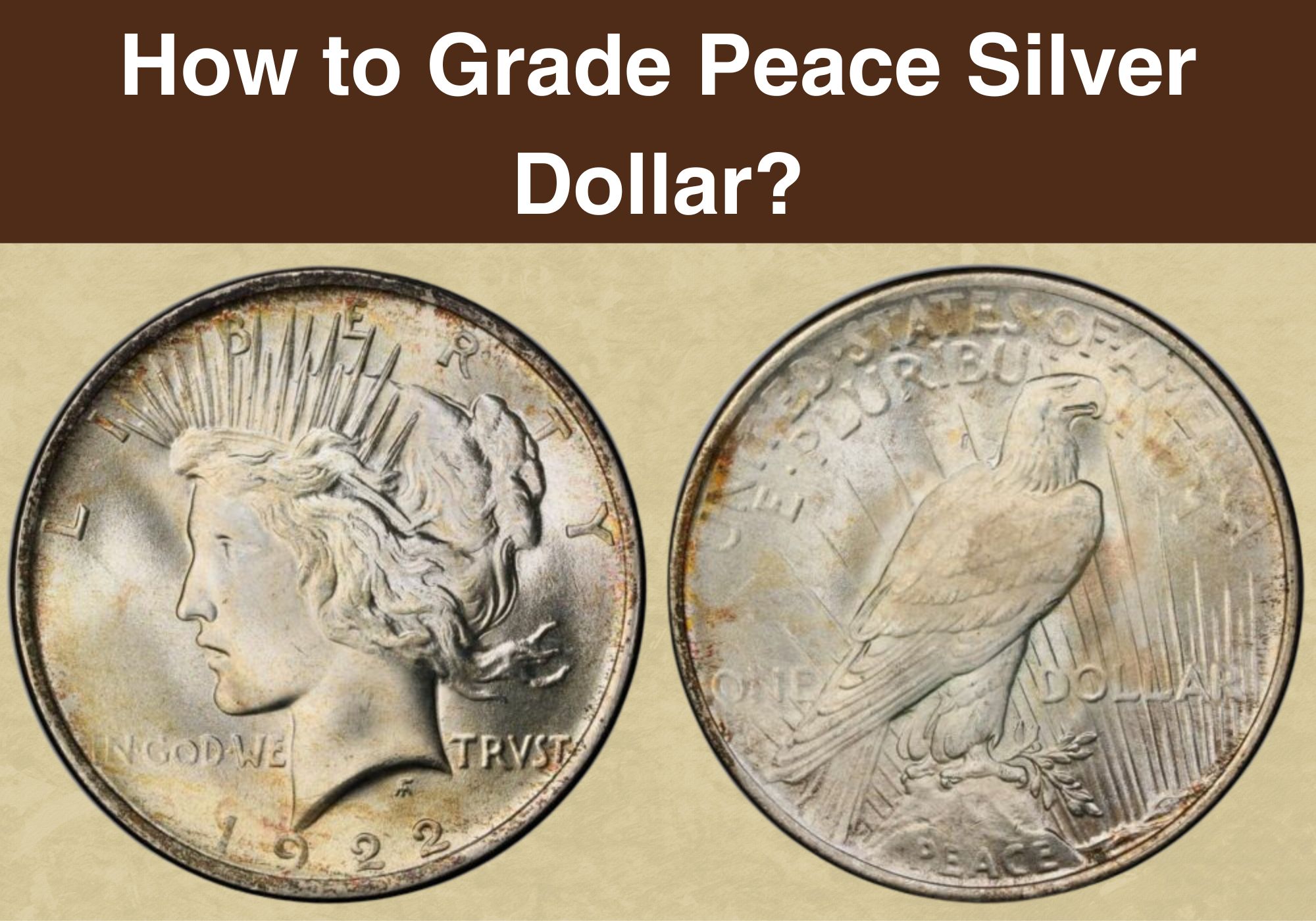
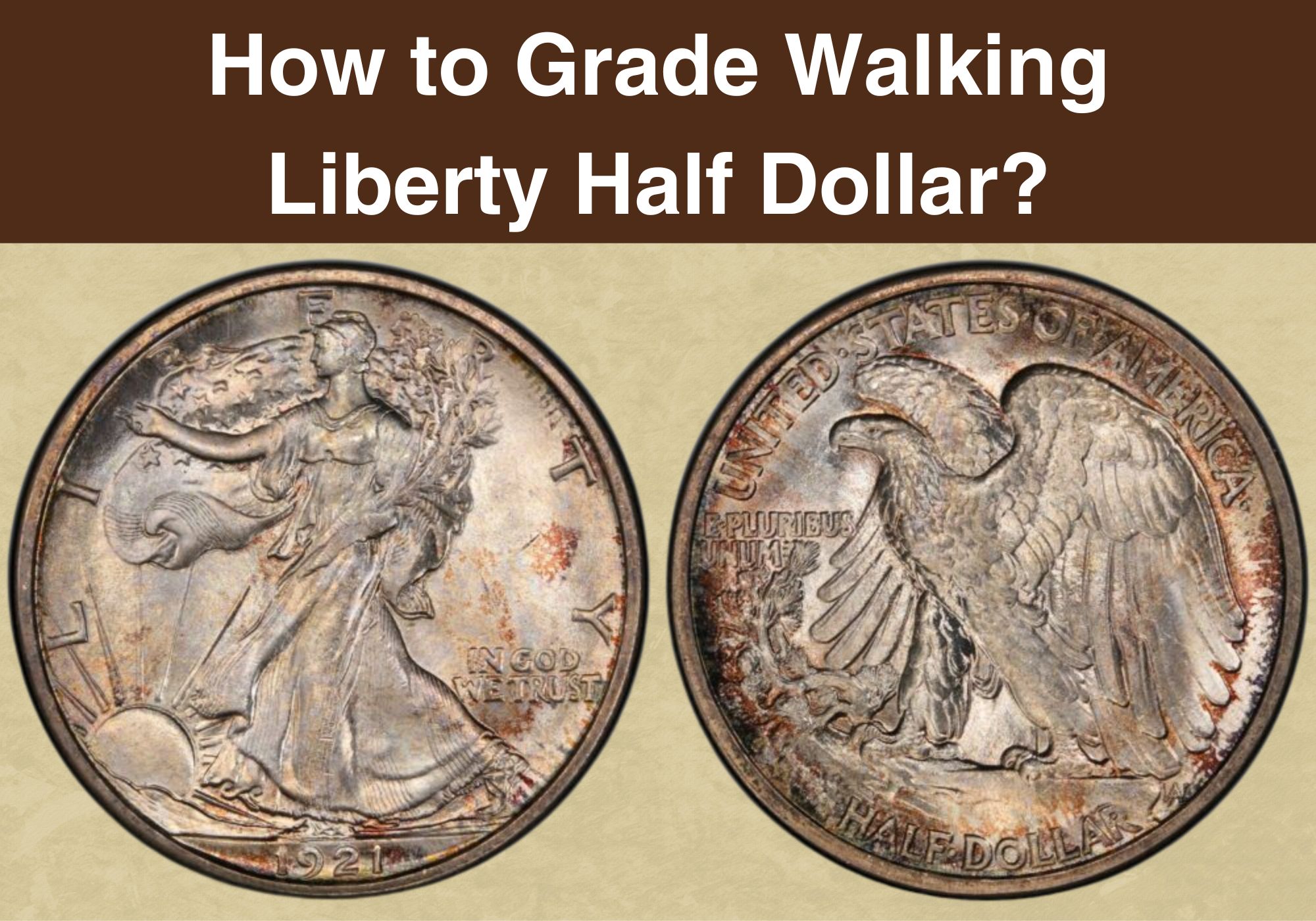
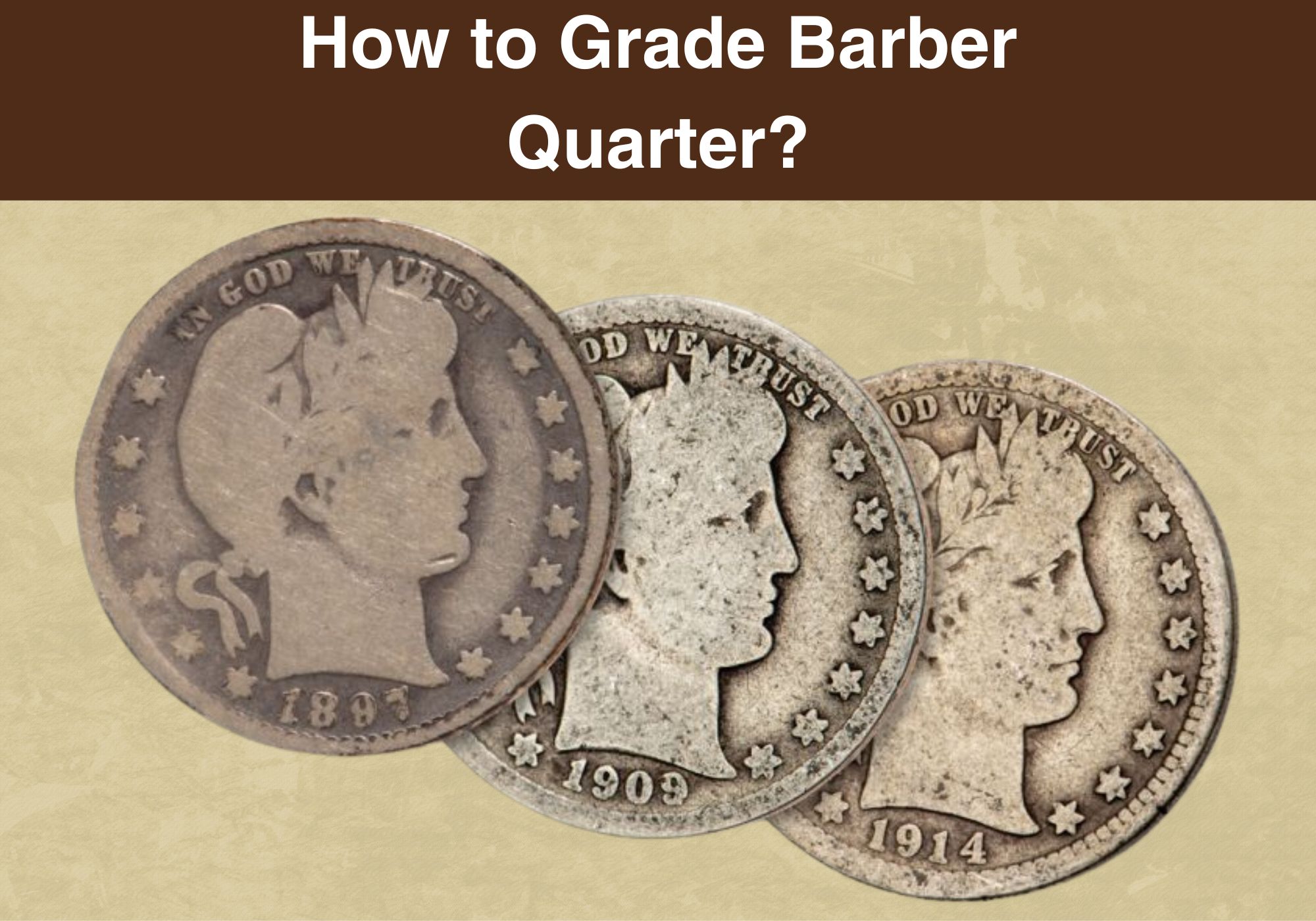
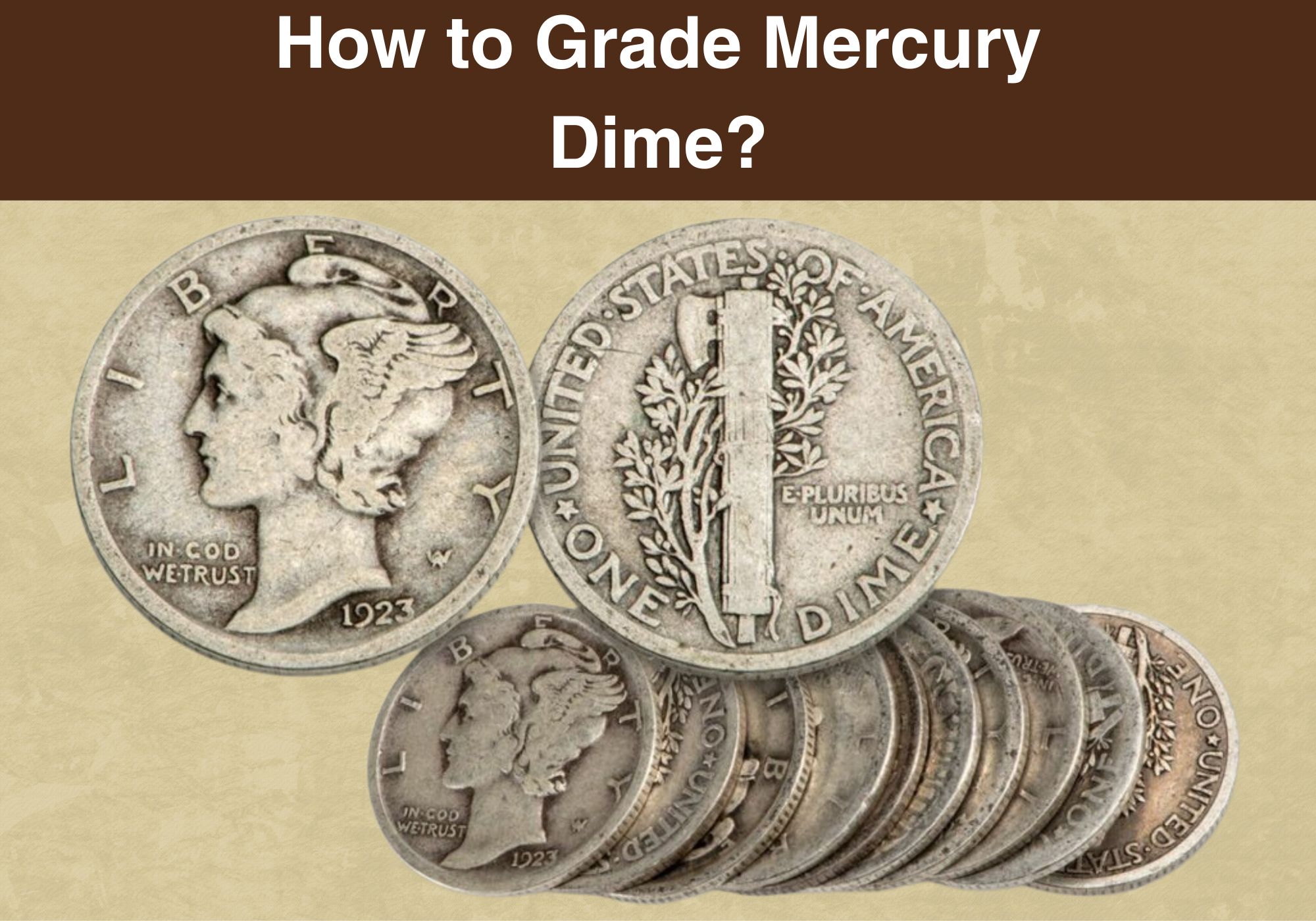
Thank you,I’ve been needing something like this.